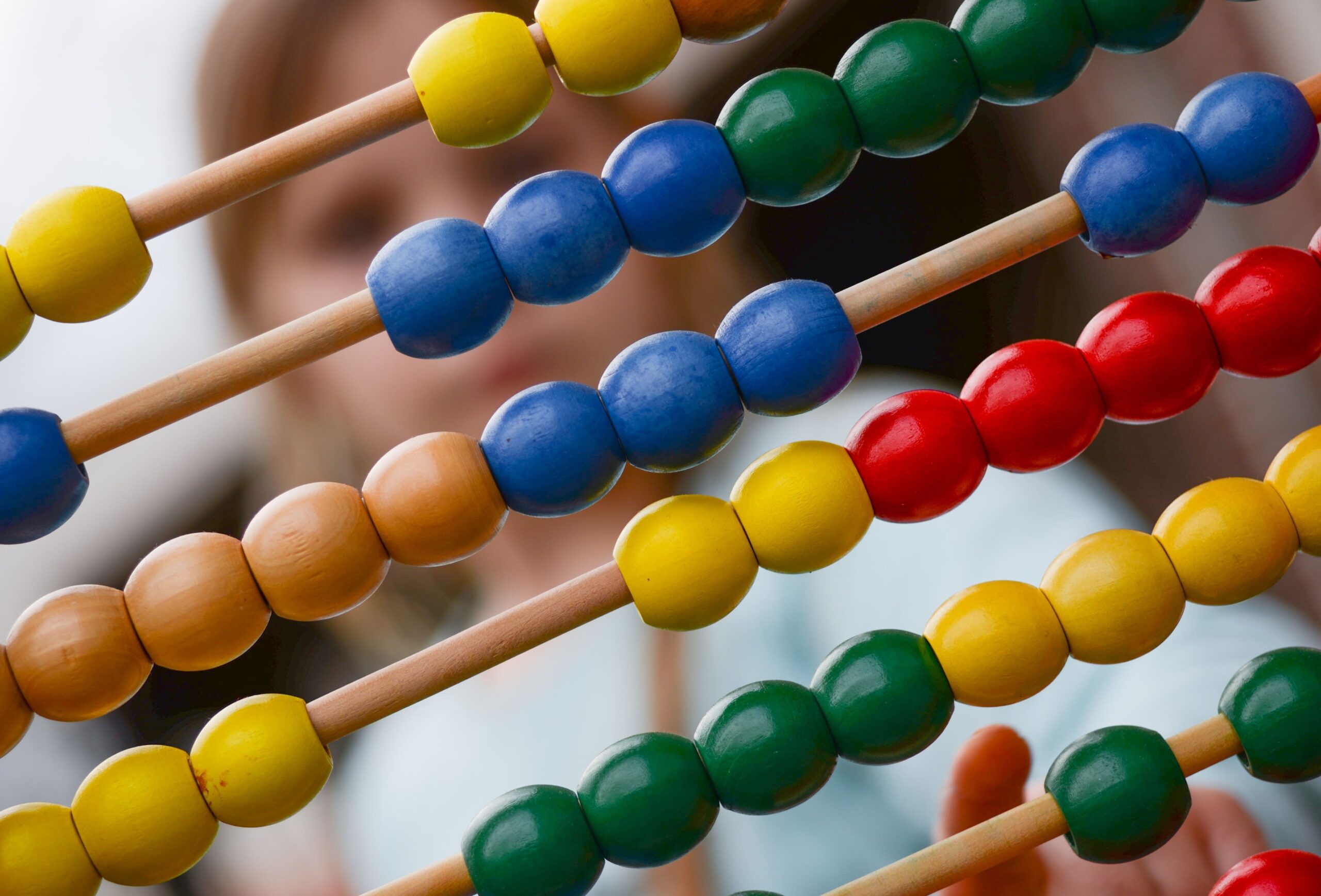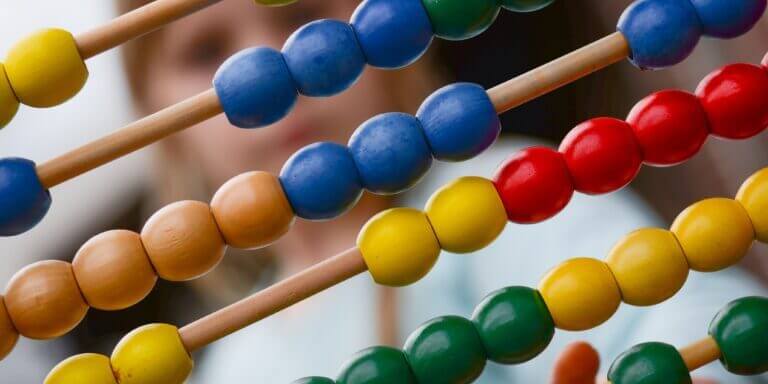Do you find that teaching fractions is only half as fun as you would like it to be? Are two-thirds of your students counting the minutes until they can leave for lunch, even though the class period is only a quarter complete? Are one half of your traditional fractions activities falling short?
Unfortunately, fractions is one of the most important concepts that your students will learn. It is a foundational concept that will be used in even the most advanced math concepts. Plus, you can’t move on to other parts of the curriculum until your students have a basic understanding of how fractions work.
It’s time to evaluate your lesson plans to make teaching fractions more exciting. Here is how you can engage your students while helping them remember the information throughout the year.

1. Ask Students to Solve Name Fraction Questions
This can be a warm-up activity or a way to apply the concept of fractions to solve problems. Reagan Tunstall created a fraction worksheet where students write their names and then create fractions based on a series of questions asked. For example:
- The fraction of total capital letters.
- The fraction for the number of lower-case Is.
- The fraction for the number of tall letters.
A student named Nicki would have 1/5 capital letters, 2/5 letters with lowercase Is, and 2/5 tall letters. To make this more advanced, ask students to repeat the activity with their middle and last names.
2. Play “Fraction War”
War is a basic game that students play with cards. Each student flips a card and the higher one wins. The goal is to collect all of the cards to end the game. The same concept is played with fraction war. Each student flips two cards to create a fraction. The students determine which fraction is bigger, and the larger fraction takes all four cards.
For example:
- One student flips a seven as a numerator and an eight as a denominator.
- The other student flips a three as a numerator and a four as a denominator.
- 7/8 is a higher fraction than 3/4 (which can also be written as 6/8), so the first student wins the hand.
You can even hold a tournament in your class to crown a Fraction War king or queen.
3. Challenge Students to Fraction Bingo
While Fraction War is a game that students can play on their own, Fraction Bingo is for the whole class. You can determine how challenging this game is depending on the level of your students. At its most basic level, you will call out a fraction and students will have to identify it on their boards (when they hear two-thirds, they have to figure out that it looks like 2/3).
However, you can make this game more advanced as students learn different concepts. You can call out the lowest possible fraction and ask students to find a corresponding fraction on their card (when you call out 1/2, one student might mark 25/50 while another marks 33/66). You can also call out problems where students add and subtract formulas to mark their cards. This is a game you can play multiple times as your students learn new faction concepts.
4. Form Paper Plates With Fractions
This activity for teaching fractions requires a little arts and crafts on your part. Collect several paper plates and paint them different colors, then cut them into different fractions and label them. For example, you can cut a paper plate into fourths and label each piece, “one fourth.”
From here, hand out different paper plate pieces to students and ask them to form complete circles (one whole) with the plates they have. Students might use a half plate, a quarter plate, and two eights to complete a whole circle. You can mix up the pieces each round so students have to work together in different groups to make their plates. It’s okay if there are pieces left over or some groups can’t form whole plates with the fractions they are given.
5. Bring Food Into the Mix
Your students will perk up if you bring in treats or other goodies into the classroom. This is a fun activity if you are teaching fractions around Halloween when you can have a pizza party or bring sweets for your students. Highlight how different fractions mean students get different amounts of food. One student can’t eat a whole pizza, but it’s hard to divide a single pizza pie by 30 students.
You can also do an activity where students “trick or treat” with fractions. A student randomly draws a fraction out of a bag and it resembles the number of candy items they get. If each student could potentially receive 10 jelly beans, some will draw eight jelly beans (4/5) while others will only draw one (1/10). You can give your students that only received a few pieces of extra candy at the end of the lesson so they don’t feel left out.
6. Create a “Fraction of the Day” Question
Once your students have a basic understanding of fractions, you can reinforce this concept throughout the year. Consider setting up a “fraction of the day” question where students use numbers to answer a question. Each question starts with “what fraction…” and you can either require students to write the lowest common denominator are create a unique fraction from their peers. A few examples include:
- What fraction of students is wearing shorts?
- … is wearing a red shirt today?
- … has blue eyes?
- …has a younger sibling?
If you have 25 students and 15 of them have younger siblings, then 3/5 of your students have siblings. You can also make this more advanced as your students learn. Ask your class to find the fraction of students who are wearing pants minus the fraction of students who are wearing dresses (or multiply and divide them).
7. Find Your Fraction Partner
This can be an activity that you turn into a game for teaching fractions or it can be another long-running tool to reinforce the concept with your students. Randomly hand out cards face-down to your students and then ask them to flip them over and find their fraction partners. You can ask students to form pairs (a 2/4 and 1/2 student can buddy up) or small groups to make a whole (1/3, 4/6, and 9/9).
As a single activity, keep collecting cards and forming or breaking up groups during the class period. As a long-term activity, use this method to randomly assign students for pairings and group work.
Teaching Fractions Can be Fun
Teaching fractions is an essential part of your math lessons. Students will eventually add, subtract, multiply, and divide these numbers. They will use fractions in algebra, geometry, and even calculus. These activities can help you introduce fractions to your students for the first time or they can reinforce the concepts daily so your students remember the material discussed and know how to use it in their lessons.



